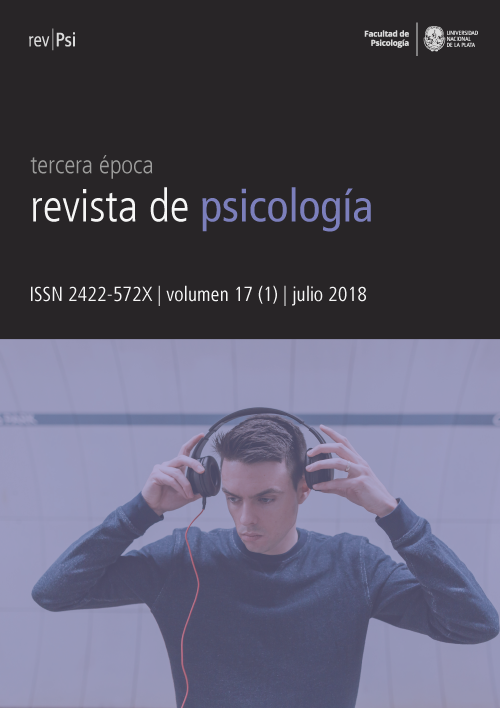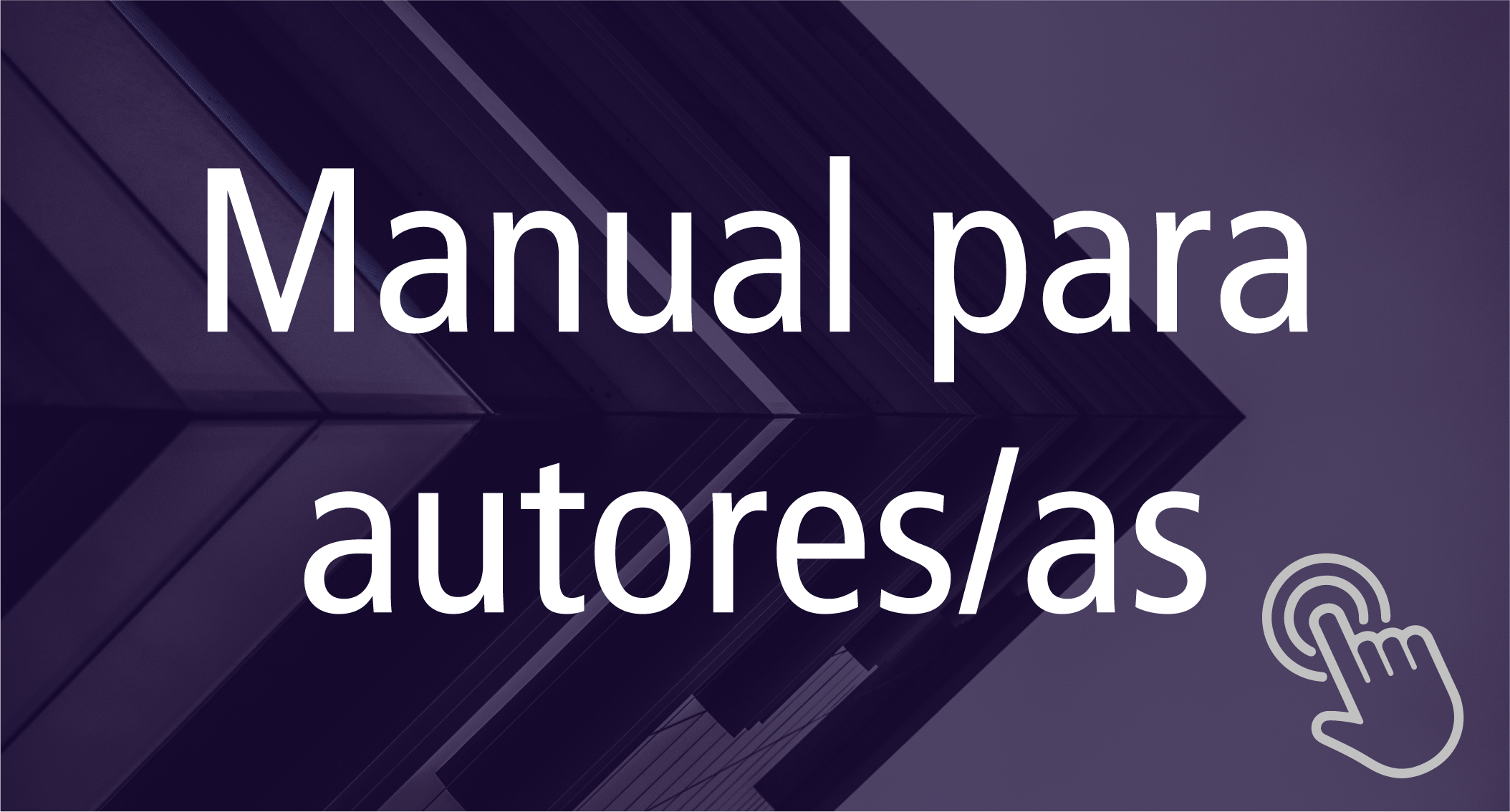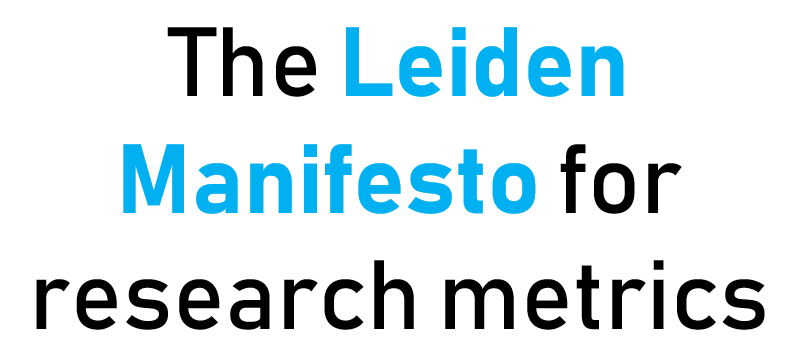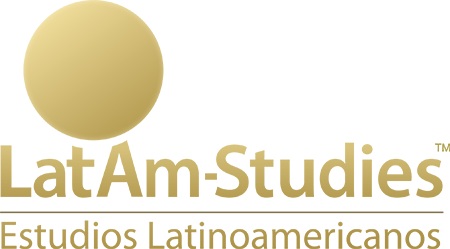Concurrent views to state new questions: Reflections on a line of research on focus of attention in aesthetic experience
DOI:
https://doi.org/10.24215/2422572Xe013Keywords:
aesthetic experience, attention focuses, art, transdisciplineAbstract
The authors reflect on the transdisciplinary dialogue developed in the study of the focus of attention in the aesthetic experience. It starts from a historical perspective of empirical models and methods of study on aesthetic experience and focuses of attention (Madsen and Geringer), replicated in Argentina by Ana Lucía Frega since 1980, which focus in particular on music. In cognitive psychology, attention is considered as a complex and multifaceted function of human cognition. Attention processes are studied in different ways, although the visual aspects are emphasized for their measurement. Linking focuses of attention on different stimuli (different languages of art) allowed to expand the inquiry about aesthetic experience; thus the need for transdisciplinary studies appeared. From these articulations have arisen questions about the possibilities of expansion and transdisciplinary construction of knowledge in aesthetic experience and focus of attention in art research.
Downloads
Metrics
References
Brieber, D., Nadal, M., Leder, H. y Rosenberg, R. (2014). Art in time and apace: Context modulates the relation between art experience and viewing time. PLoS ONE, 9(6), e99019. https://doi.org/10.1371/journal.pone.0099019
Brittin, R. V. (1995). Comparing continuous versus static measurements in music listeners’ preferences. Journal of Research in Music Education, 43(1), 36-46. https://doi.org/10.2307/3345790
Burin, D. I., Drake, M. A. y Harris, P. (Eds.). (2007). Evaluación neuropsicológica en adultos. Buenos Aires: Paidós.
Castro, D. y Murata, C. (2018). Estudio sobre experiencia estética y focos de atención: Prueba piloto de una investigación transdisciplinar en arte. Boletín de Investigación Educativo-Musical, 2(1), 34-53.
Cochrane, T. (2009). Joint attention to music. The British Journal of Aesthetics, 49(1), 59-73. https://doi.org/10.1093/aesthj/ayn059
Davis, A. P. (2003). Aesthetic response to choral music: Response comparisons of performer-participants and non-performer respondents. International Journal of Research in Choral Singing, 1(1), 60-64.
Drake, M. A. (2007). Evaluación de la atención. En D. I. Burin, M. A. Drake, y P. Harris (Eds.), Evaluación neuropsicológica en adultos (pp. 131-161). Buenos Aires: Paidós.
Frega, A. L. (2000). Aesthetic response to music as measured by the CRDI: A cross-cultural replication. Bulletin of the Council for Research in Music Education, 147, 61-65.
Frega, A. L. (2015). It does make a difference! A follow-up CRDI study on contemporary music, music scores and aesthetic experience. Presentado en 32º ISME World Conference on Music Education, Londres.
Frega, A. L., Limogni, R., Castro, D. y Murata, C. (2017a). Exploratory study of attention and aesthetic responses to music and dance applying the continuous response digital interface. Presentado en 7th World Alliance for Arts Education Conference “Engaging with Communities. Creative Pedagogies”, Auckland.
Frega, A. L., Limogni, R., Castro, D. y Murata, C. (2017b). Study of special cases while measuring aesthetic experience on contemporary music. Presentado en Congreso Internacional de Psicología de la Música ConΨMúsica, Madrid.
Frega, A. L., Limogni, R., Castro, D. y Murata, C. (2018). What about CRDI when looking at a ballet production: Movement and music [poster]. Presentado en 33rd World Conference of the International Society for Music Education, Baku.
Frega, A. L. y Murata, C. (2017). La necesariedad de la transdisciplina en estudios sobre focos de atención en arte. Presentado en XIV Semana de la Música y la Musicología, Jornadas Interdisciplinarias de Investigación “Cognición Musical. Estudios Interdisciplinarios en Música, Mente y Cerebro”, Buenos Aires.
Frego, D. R. J. (1999). Effects of aural and visual conditions on response to perceived artistic tension in music and dance. Journal of Research in Music Education, 47(1), 31-43. https://doi.org/10.2307/3345826
Gabrielsson, A. (2011). Strong experiences with music: Music is much more than just music. Oxford: Oxford University Press.
Geringer, J. M. y Madsen, C. K. (1995). Focus of attention to elements: Listening patterns of musicians and nonmusicians. Bulletin of the Council for Research in Music Education, 127, 80-87.
Geringer, J. M., Madsen, C. K. y Gregory, D. (2004). A fifteen-year history of the continuous response digital interface: Issues relating to validity and reliability. Bulletin of the Council for Research in Music Education, 160, 1-15.
Goldstein, A. (1980). Thrills in response to music and other stimuli. Physiological Psychology, 8(1), 126-129. https://doi.org/10.3758/BF03326460
Hüttermann, S. y Memmert, D. (2015). The influence of motivational and mood states on visual attention: A quantification of systematic differences and casual changes in subjects’ focus of attention. Cognition and Emotion, 29(3), 471-483. https://doi.org/10.1080/02699931.2014.920767
Limogni, R., Frega, A. L., Galante, G. y Castro, D. (2014). Contemporary music, music reading and aesthetic response: A CRDI study at undergraduate school. Preliminary report. En O. Odena y S. Figueiredo (Eds.), Proceedings of the 25th International Seminar of the ISME Commission on Research (pp. 194-208). João Pessoa: Federal University of Paraíba.
Madsen, C K, Byrnes, S. R., Capperella-Sheldon, D. A. y Brittin, R. V. (1993). Aesthetic response to music: Musicians versus nonmusicians. Journal of Music Therapy, 30(3), 174-191. https://doi.org/10.1093/jmt/30.3.174
Madsen, C K y Fredrickson, W. E. (1993). The experience of musical tension: A replication of nielsen’s research using the continuous response digital interface. Journal of Music Therapy, 30(1), 46-63. https://doi.org/10.1093/jmt/30.1.46
Madsen, C K y Napoles, J. (2006). Measuring the aesthetic response to music: Revising “new” and “old” measurement systems. En B. Olsson (Ed.), 8th International Symposium of the Research Alliance of Institutions for Music Education (pp. 83-92). Göteborg: Johan Öberg. Göteborg University.
Madsen, C. K. (1997a). Emotional response to music. Psychomusicology, 16(1-2), 59-67. https://doi.org/10.1037/h0094067
Madsen, C. K. (1997b). Focus of attention and aesthetic response. Journal of Research in Music Education, 45(1), 80-89. https://doi.org/10.2307/3345467
Madsen, C. K., Brittin, R. V. y Capperella-Sheldon, D. A. (1993). An empirical method for measuring the aesthetic experience to music. Journal of Research in Music Education, 41(1), 57-69. https://doi.org/10.2307/3345480
Madsen, C. K. y Coggiola, J. C. (2001). The effect of manipulating a CRDI dial on the focus of attention of musicians/nonmusicians and perceived aesthetic response. Bulletin of the Council for Research in Music Education, 149, 13-22.
Madsen, C. K. y Geringer, J. M. (2000). A focus of attention model for meaningful listening. Bulletin of the Council for Research in Music Education, 147, 103-108.
Madsen, C. K y Geringer, J. M. (2008). Reflections on Puccini’s «La Bohème»: Investigating a Model for Listening. Journal of Research in Music Education, 56(1), 33-42. https://doi.org/10.1177/0022429408323072
Madsen, C. K., Geringer, J. M. y Fredrickson, W. E. (1997). Focus of attention to musical elements in haydn’s «Symphony #104». Bulletin of the Council for Research in Music Education, 133, 57-63.
Marković, S. (2012). Components of aesthetic experience: Aesthetic fascination, aesthetic appraisal, and aesthetic emotion. I-Perception, 3(1), 1-17. https://doi.org/10.1068/i0450aap
Paterno, R. M. (2015a). Introducción. ¿Qué es la atención? En C. E. Tonglet (Ed.), Tests de atención sostenida. BTS-1. Batería de Tests con Símbolos 1 (pp. 15-21). Buenos Aires: Paidós.
Paterno, R. M. (2015b). Introducción. ¿Qué es la atención? En C. E. Tonglet (Ed.), Tests de atención alternante. BTS-2. Batería de Tests con Símbolos 2 (pp. 15-21). Buenos Aires: Paidós.
Paterno, R. M. (2015c). Introducción. ¿Qué es la atención? En C. E. Tonglet (Ed.), Tests de atención selectiva. BTS-3. Batería de Tests con Símbolos 3 (pp. 15-21). Buenos Aires: Paidós.
Rinder, L. (2011). Paying attention. Visual Inquiry: Learning & Teaching Art, 1(1), 49-51. https://doi.org/10.1386/vi.1.1.49_7
Schmidt, C. P. (1996). Research with the continuous response digital interface: A review with implications for future research. Philosophy of Music Education Review, 4(1), 20-32.
Seeley, W. P. (2006). Naturalizing aesthetics: art and the cognitive neuroscience of vision. Journal of Visual Art Practice, 5(3), 195-213. https://doi.org/10.1386/jvap.5.3.195_1
Downloads
Published
How to Cite
Issue
Section
License
![]()
Authors who publish in this journal accept the following conditions:
- Authors retain the copyright and assign the right of first publication to the journal, with the work registered under a Creative Commons attribution license (CC-BY), which allows third parties to use what is published whenever they mention the authorship of the work and the first publication in this magazine.
- Authors can make other independent and additional contractual agreements for the non-exclusive distribution of the article published in this journal (e.g., include it in an institutional repository or publish it in a book) as long as they clearly indicate that the work was published for the first time in this magazine.
- Authors are allowed and encouraged to publish their work on the Internet (e.g., on institutional or personal webpages) before and during the review and publication process, as it can lead to productive exchanges and greater and faster dissemination of published work (see The Effect of Open Access ).





































